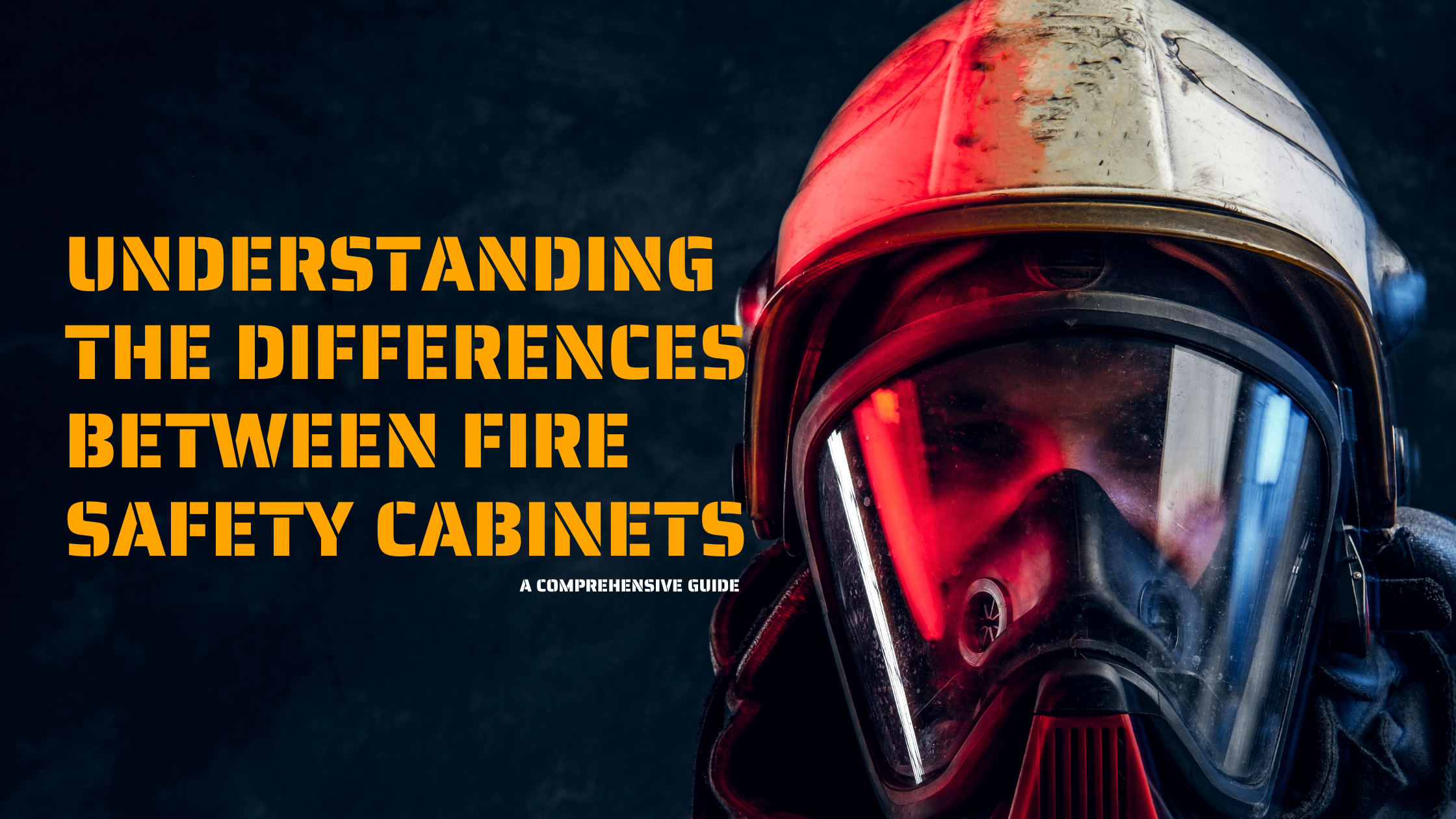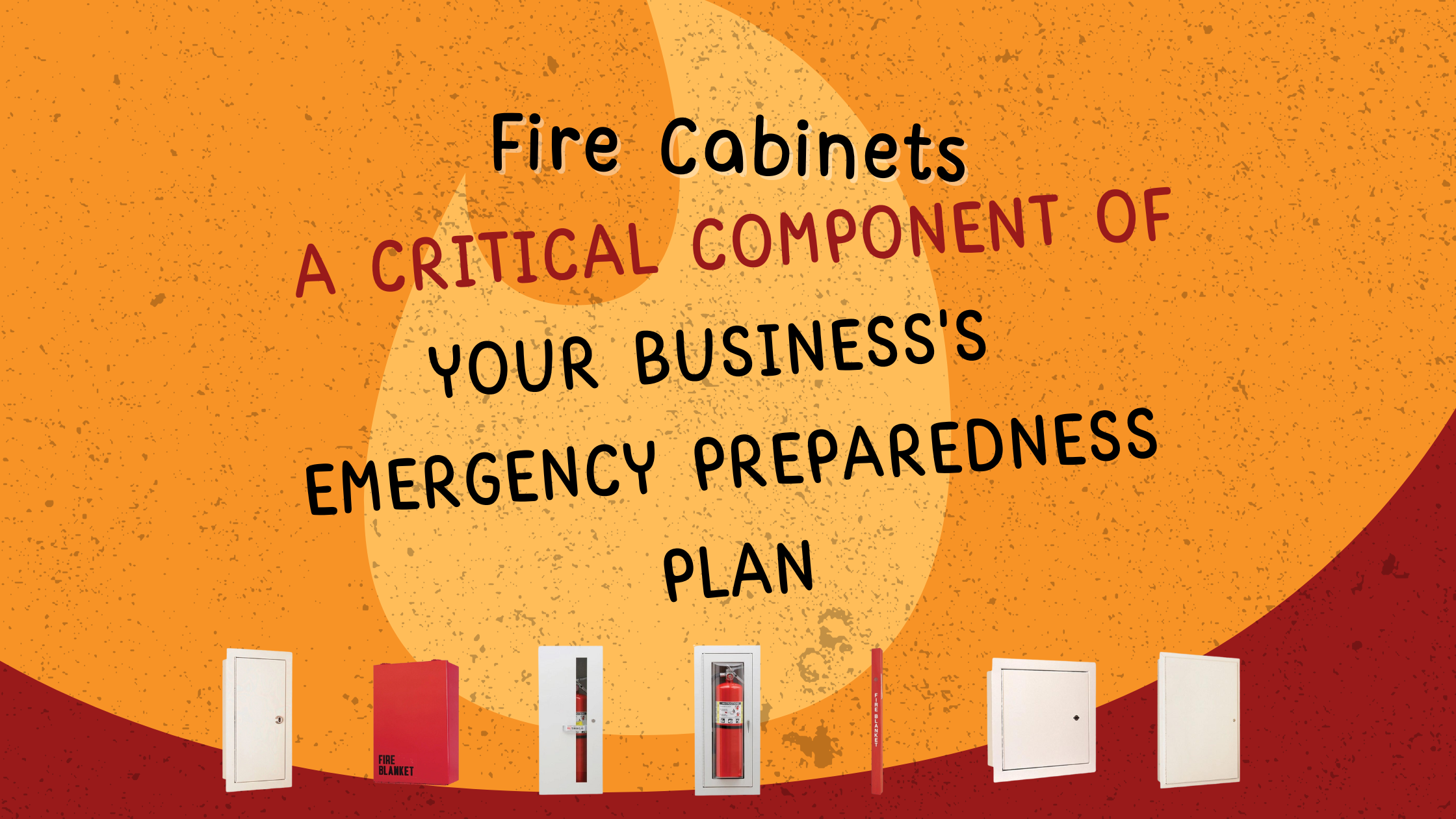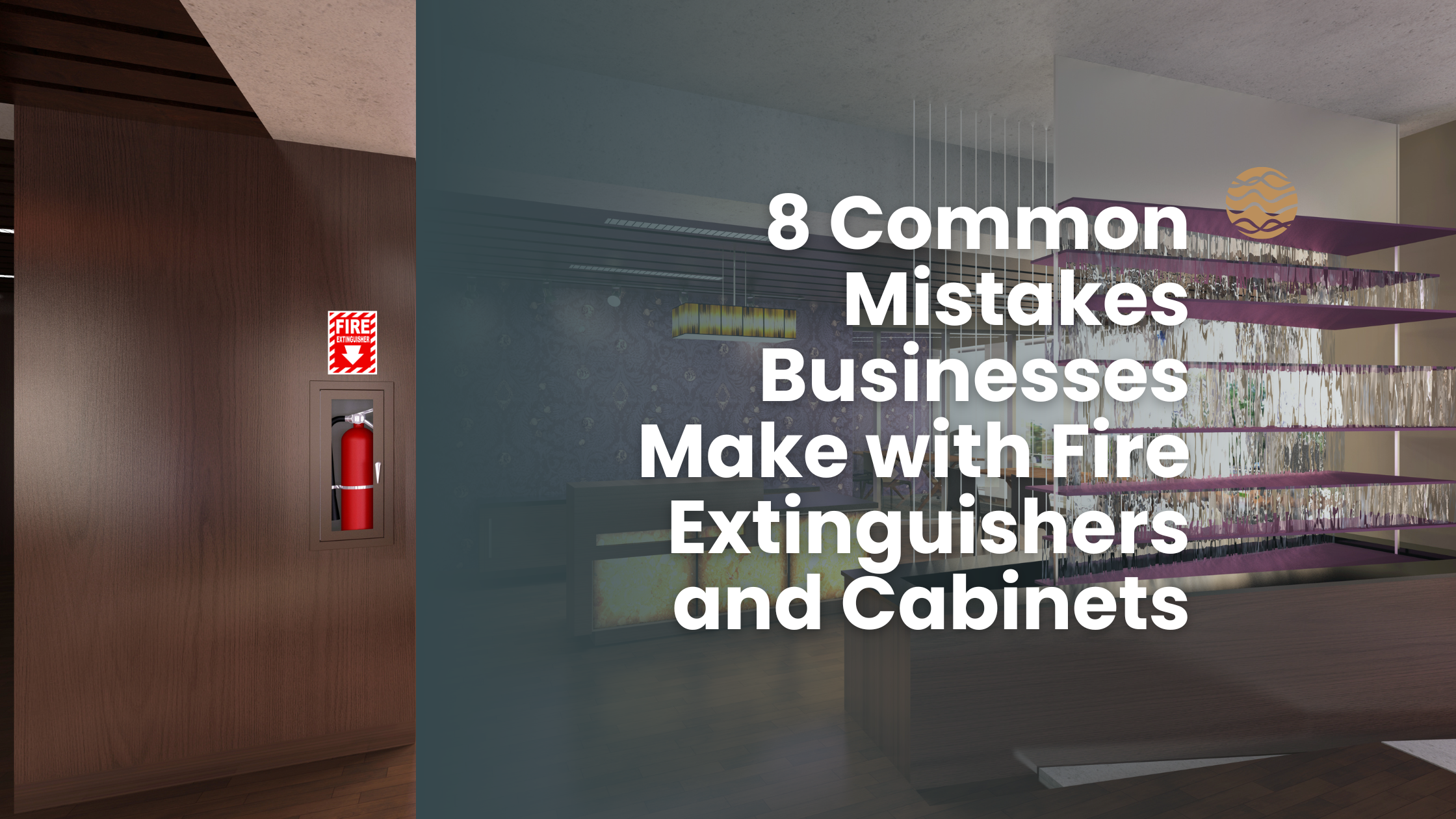Understanding the Differences Between Fire Safety Cabinets

When it comes to fire safety, fire extinguishers are indispensable and having them readily accessible can make all the difference in an emergency. However, to keep these essential safety devices secure and unobtrusive, fire extinguisher cabinets are used and can deter tampering and provide protection from the elements or corrosive conditions. Understanding the differences between these cabinets can help you choose the right one for your needs, balancing functionality, durability, and aesthetics.
Types of Fire Extinguisher Cabinets
Fire extinguisher cabinets come in various types, each designed to meet different needs and environments. Here are some of the most common types:
-
Surface-Mounted Cabinets: These cabinets are mounted directly onto a wall, providing easy access while allowing the fire extinguisher to be visible. Surface-mounted cabinets are generally used in areas where aesthetics are less of a concern, such as industrial settings, warehouses, or basements.
-
Recessed Cabinets: Designed to be installed within the wall, recessed cabinets offer a more streamlined appearance. This type of cabinet is common in office buildings, schools, and hospitals, where a clean, uncluttered look is preferred. They are also less likely to protrude, reducing the risk of accidental damage.
-
Semi-Recessed Cabinets: As a compromise between surface-mounted and recessed cabinets, semi-recessed cabinets protrude slightly from the wall while maintaining a sleek profile. This type is ideal for settings where a fully recessed cabinet may not be feasible due to structural constraints.
Material Considerations
Fire extinguisher cabinets are typically made from different materials, each with its own set of advantages:
-
Steel: Known for its durability, steel cabinets are common in industrial and outdoor settings. They provide excellent protection against impact and vandalism but might be prone to rust in high-humidity environments unless properly treated.
-
Aluminum: Lightweight and rust-resistant, aluminum cabinets are a popular choice for outdoor use and coastal areas. They offer a good balance of strength and corrosion resistance.
-
Plastic: Plastic cabinets are lightweight and resistant to corrosion. They are often used in areas where rust is a concern, such as swimming pools or bathrooms. However, they might not be as durable as metal cabinets against physical impact.

Additional Features
Fire extinguisher cabinets can include various additional features to enhance functionality and safety:
-
Locks and Alarms: Some cabinets come with locking mechanisms or alarms to prevent unauthorized access or vandalism. This is especially useful in public spaces where security is a concern.
-
Glass or Acrylic Panels: These panels allow for quick visual inspection of the extinguisher's status without opening the cabinet. They also contribute to a more open and inviting look, often required in corporate or public environments.
-
Weatherproofing: For outdoor use, some cabinets feature weatherproof seals to protect the fire extinguisher from the elements, ensuring it remains in good working condition.
Choosing the Right Cabinet
When choosing a fire extinguisher cabinet, consider the following factors:
-
Location and Installation: Determine whether a surface-mounted, recessed, or semi-recessed cabinet is best suited for the space available. Recessed cabinets are ideal for high-traffic areas, while surface-mounted ones are typically more straightforward to install.
-
Environment: Consider the environmental factors like humidity, temperature, and exposure to elements. This will guide your choice of material, whether steel, aluminum, or plastic.
-
Security and Accessibility: If the cabinet is in a public space, you might want a locking mechanism or alarm system to prevent tampering. However, ensure it's easily accessible in case of an emergency.
-
Aesthetics: Especially in offices or public buildings, the appearance of the cabinet may matter. Recessed or semi-recessed cabinets often offer a cleaner look.
Choosing the right fire extinguisher cabinet is crucial for maintaining safety and complying with fire safety regulations. By understanding the types, materials, and additional features available, you can make an informed decision that ensures your fire extinguisher is secure, accessible, and ready for action when needed.
Nystrom carries a complete line of architectural fire cabinets, extinguishers and accessories to meet all fire safety needs. Our designs complement all interior decor with the ability to meet or exceed your specifications. Matched with our complete line of fire extinguishers, Nystrom is your choice for fire protection. Visit our website for additional information or speak with an expert.




